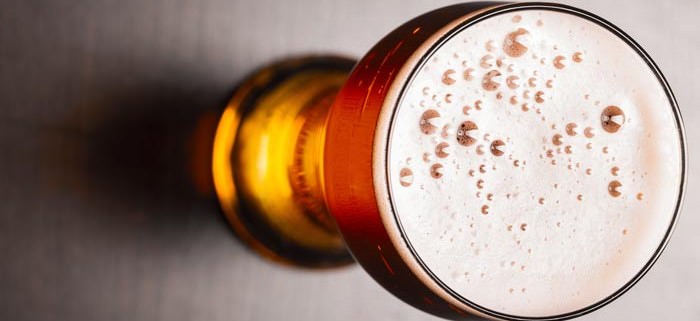How to Sell Your Beer for $20 a Pint
If you’re looking for the next big craft beer trend for your restaurant, you might want to consider increasing your prices. Yes, you read that right, I just said you should increase your prices. Worried your customers will go on strike and your restaurant will be blacklisted on Yelp? Trust me, you’ll be fine—if you’re selling estate beers. Here’s how to increase your beer prices up to $20 a pint, and keep your customers coming back for more.
Your Restaurant’s New Best Friend: Estate Beer
With the ongoing locavore movement and the move toward increasingly fresh ingredients in everything, it should come as no surprise that the most successful craft breweries have begun to adopt a “farm-to-table” approach with their beers. This means that craft breweries such as Sierra Nevada and Anderson Valley Brewing Co. are now overseeing every part of their beer-making process: the growing, the harvesting, and the brewing and aging—for some of their batches.
Why Estate Beer Is Important
Although, technically speaking, beer-making ingredients such as hops and malt don’t have to be grown on-site to call a beer “estate,” the ingredients do have to be locally grown, and sometimes even the yeast is locally sourced.
This means that brewers have to put a lot more into their estate beers, and it also means that estate beers taste completely unique from any other beer. To be exact, estate beer makes the beer taste collect the specific taste of where it’s from. If you’re thinking this sounds like estate wine, you’re thinking in the right direction. Just as wines have their own specific terroir, estate beers will also impart the characteristics of the regions they were grown in.
Estate ale is “a beer with the idea of Terroir.”
— Bill Manley, Sierra Nevada’s Communications Coordinator
Want the ultimate in “home-grown” beer? Try Anderson Valley’s Mendo Mello Estate Wet Hop Ale, which is made with wet hops grown on Anderson Valley’s own farms.
The Future of Estate Beers
Estate beers mark a sea change in the brewing industry, as well as in the way we think about craft beers. From now on, a 2014 vintage ale won’t just be special because it’s aged, it will impart the taste of the climatic conditions the year it was grown and harvested. For instance, California wildfires may devour a craft beer estate at some point in the future (though I hope not), but when that brewery begins to grow again, the hops and malt will be richer because they grew from charred, ashy soil. Those flavors will be entirely unique to that brewery and that vintage.
Enough About the Future, Can I Really Charge $20 a Pint for a Beer NOW?
Yup. You can.
If you’ve educated your customers to understand the subtleties in their craft beer flavors, they’ll understand why a rare and hard-to-find estate beer is worth the price. Estate beer is expensive because it requires the brewers to grow the ingredients themselves and then turn it into beer, all using a small-scale farming operation. I mean, it’s not like the brewers are industrial farmers.
This amount of love, care, and attention—not to mention the minuscule yield—all serve to drive up the price of estate beer significantly, but for the right customers, the discerning ones who want a unique treat, paying $20 for a pint of estate beer will seem like a bargain.
Now that’s how you sell your beer for $20 a pint.
- Why Your Wine Menu Is Scaring Your Guests - February 27, 2015
- How to Host a Better Restaurant Week and Get More Customers - February 23, 2015
- Choosing Your Restaurant Wine Glass – 3 Approaches - February 16, 2015



